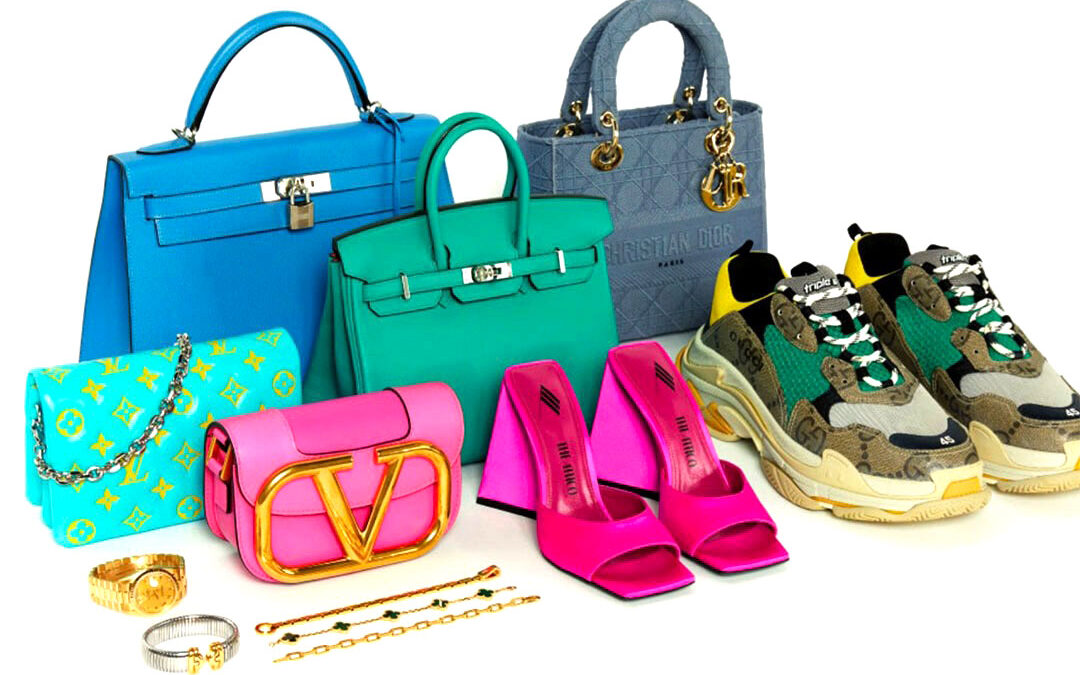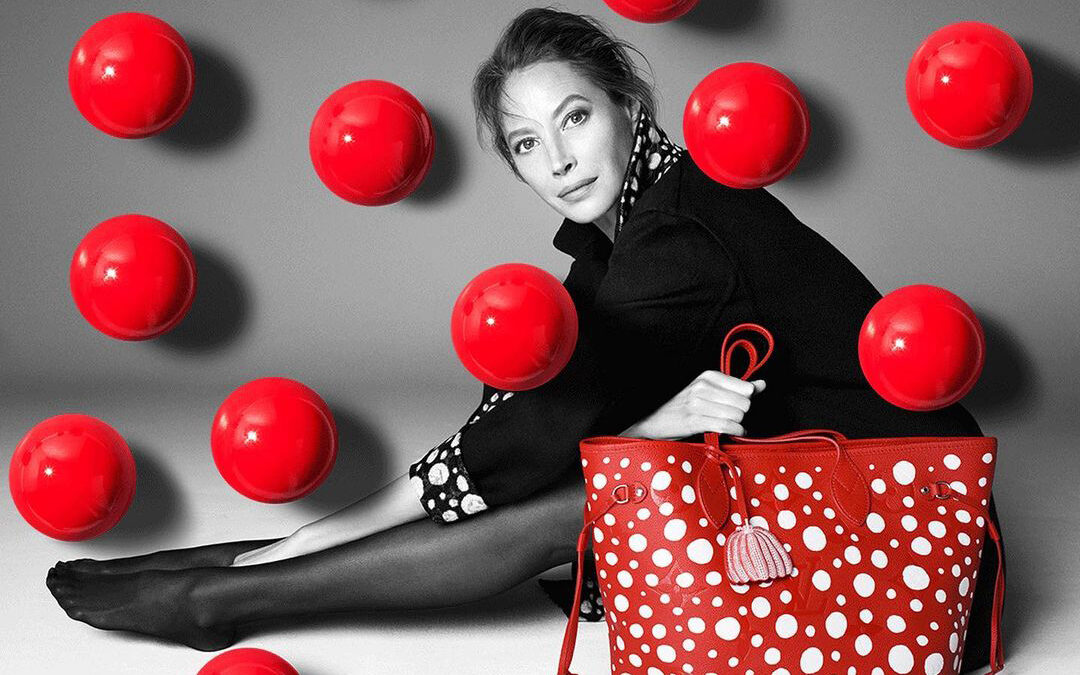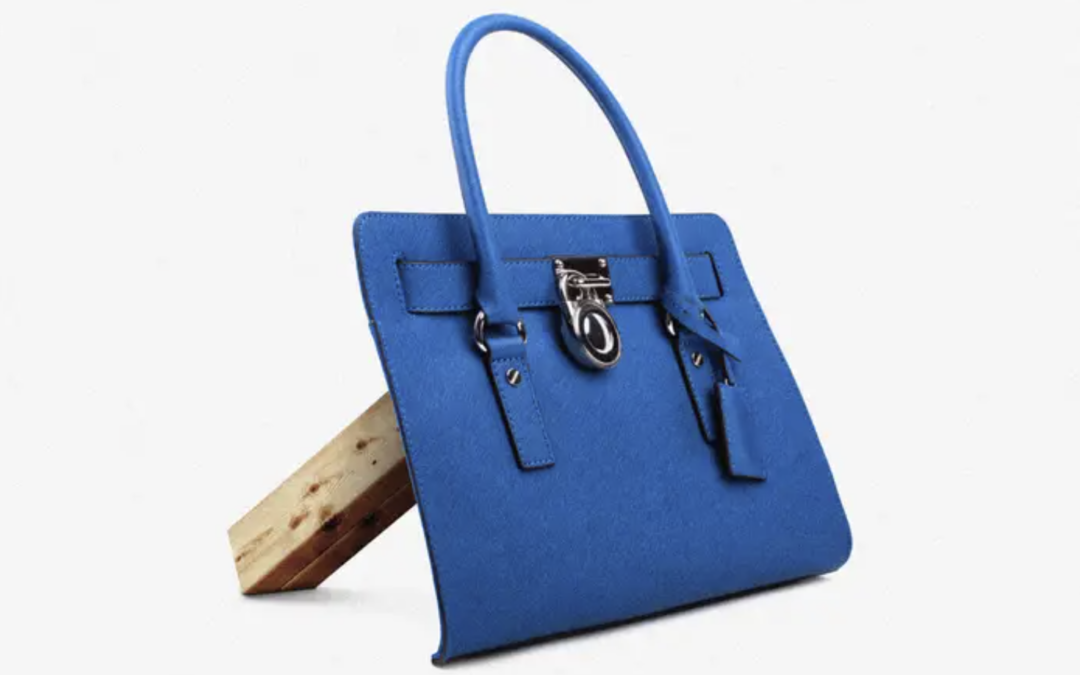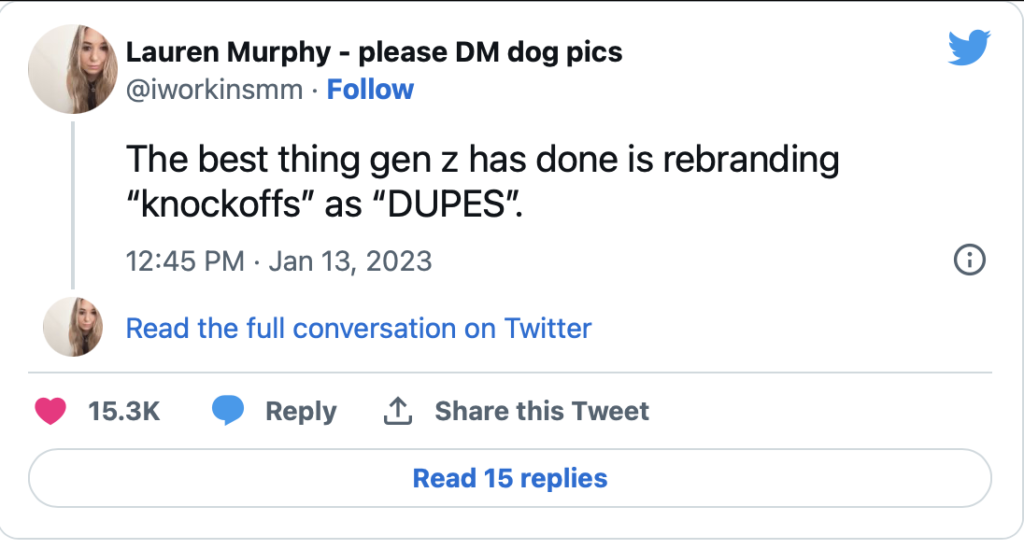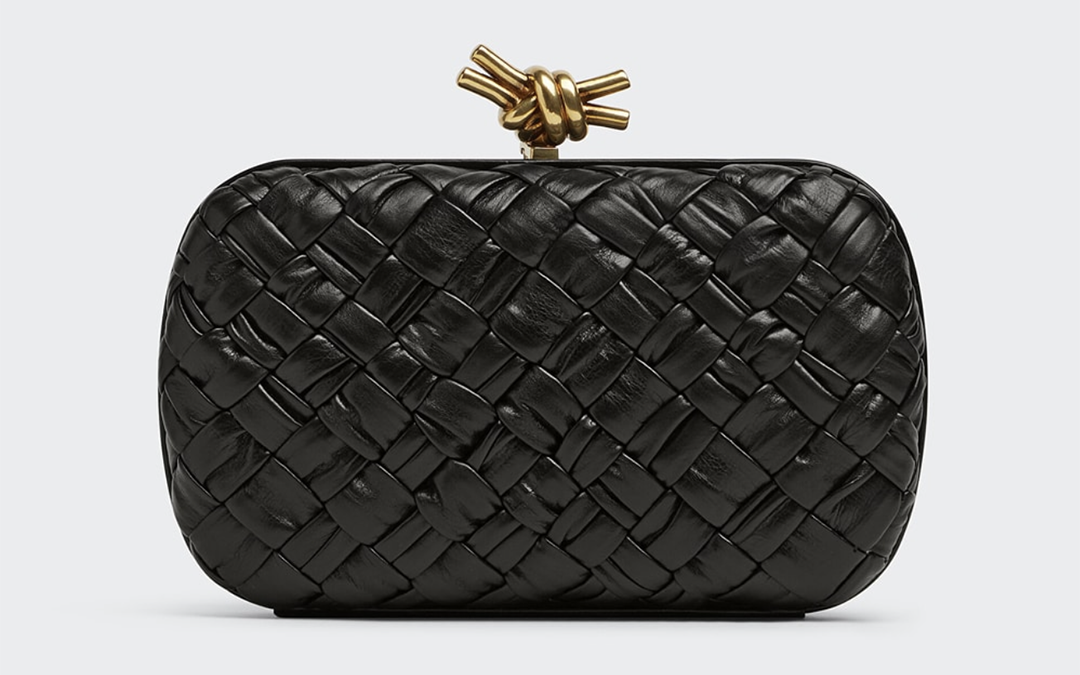We’ve all seen it. Bags that totally eclipse all conceivable expectations and become so sought after and cult worthy that it appears their reign over street style guides, editorial spreads, and our wish lists will never end.
An It bag is a high-priced luxury handbag that has become a hyped best-seller. The phenomenon arose in the luxury industry and was named in the 1990s and 2000s. Examples of handbag brands that have been considered “It bags” are CHANEL, HERMÈS and FENDI.
But, alas, the harder they rise, the harder they fall. It seems the desirable levels of popularity some bags once possessed can just as quickly turn against them. Overexposure, increasing competition from new designs, and fashion fanatics simply getting sick of certain styles can all contribute to the downfall of beloved bags.
And so enter, handbag has-beens. Sometimes a direct result of our collective purse fatigue, and sometimes something more. These styles once ruled fashion’s handbag hotlist, now seeing their popularity dwindle. But what makes a design in danger of becoming a handbag has-been? And is there any way to predict which bags will meet this fate next? Let’s find out.
The Danger of Overexposure
A little bit of mystery goes a long way when it comes to luxury bags, and it’s one way to combat that dreaded handbag fatigue we’ve discussed. And while it’s great for sales when a design becomes the ‘It’ bag of the moment and is spotted on every billboard, Instagram advert, and influencer at Fashion Week, too much exposure too quickly can threaten the longevity of a bag’s popularity.
Case in point, the LOUIS VUITTON Multi Pochette Accessoires. Released in late 2019, this design arguably started the multi-bag phenomenon, which saw handbag aficionados scrambling to carry a multitude of bags incorporated into one design. The trend, and this style in particular, became a cult favorite, and the bag (which is, in fact, two pouches resembling the Pochette Accessoires and a Round Coin Purse all attached to a thick cross-body strap) was sold out everywhere for months after its release. But fast forward to 2023, and the design is nowhere to be seen.
The problem with bags garnering wild levels of popularity and exposure very quickly is that this momentum is hard to maintain and can leave fashion insiders and consumers prematurely bored of seeing the bag.
The wild hype surrounding certain bags notoriously drives up resale prices, this investment potential is often overinflated and short-lived.
One bag that could potentially fall victim to the curse of overexposure is the BALENCIAGA Le Cagole. Providing today’s trendsetters with a rush of Y2K nostalgia, the Le Cagole has been the breakout bag of the 2020s so far. With its overembellished studded design, inspired by BALENCIAGA’s famous Motorcycle line, and coveted curved shoulder bag silhouette, the style has quickly risen to widespread popularity. But since the Le Cagole has experienced so much exposure and popularity in a reasonably short time, it’s arguably lost an element of its mystique. It’s faced with the difficulty of maintaining momentum and continuing its relevance.
The luxury resale market has long been an avenue for shoppers to score ‘It’ bags sold out everywhere else. The wild hype surrounding certain bags notoriously drives up resale prices and leads shoppers to believe that a bag has lucrative investment potential. But when bags climb to cult-favorite status very quickly, this investment potential is often overinflated and short-lived.
When a bag’s acclaim is largely thanks to a popular new trend or aesthetic, the design risks becoming a has-been.
Fashion can be fickle. Trends that show no signs of stalling are often over before you know it. So when a bag’s acclaim is largely thanks to a popular new trend or aesthetic, the design risks becoming a has-been. Take the PRADA Re-Edition bags. Many designs have come to be associated with the resurgence of early 2000s fashion, but perhaps no bag selection is more synonymous with fashion’s Y2K revival than PRADA’s Re-Edition styles.
Crafted from the label’s signature nylon material and shaped to a sleek and functional shoulder bag silhouette, bags from the line were on the arm of every celebrity. They dominated trend guides during the early 2020s. But just a couple of years later, PRADA’s Re-Edition bags noticeably lack the popularity they once enjoyed despite repeatedly being dubbed as classics, and styles from the range struggle to receive the same level of interest from editors, stylists, influencers, and consumers today. The fashion world has moved on and is obsessing over new styles.
When a bag is commonly associated with a certain era in the minds of consumers, it is often prematurely labeled as outdated.
A bag doesn’t have to perfectly embody a specific trend or the style of a particular era to be at risk of ending up a handbag has-been. Sometimes when a bag is commonly associated with a certain era in the minds of consumers, it is often prematurely labeled as outdated once the era is over. One example is the CHANEL Maxi Classic Flap. As fashion waved goodbye to the compact purses of the early 2000s, it ushered in a new era of tote bag love which saw large and slouchy styles reign supreme. As a scaled-up version of a CHANEL icon, the Maxi Classic Flap became the go-to CHANEL bag of many during the late 2000s and early 2010s.
Paparazzi images featuring the likes of Lauren Conrad donning the super-sized CHANEL favorite, along with the decade’s other must-have styles, such as skinny jeans and wedge sneakers, have cemented the bag’s association with the era’s fashion.
There are countless examples of designs that have remained must-haves for decades, like the HERMÈS Birkin, CHANEL Classic Flap, LOUIS VUITTON Speedy, and many more.
There is, of course, the concept of a bag becoming so sought after that the only direction its popularity can go is down. This doesn’t happen to all beloved bags. There are countless examples of designs that have remained must-haves for decades, like the HERMÈS Birkin, CHANEL Classic Flap, LOUIS VUITTON Speedy, and many more. But there’s a growing list of once classic bags with dwindling popularity.
There are certainly some styles that are more likely to miss out on continued long-term popularity.
Two obvious examples come in the form of the CHANEL Grand Shopping Tote and LOUIS VUITTON Neverfull. As some of the most sought-after tote bags of all time, these two designs reached peak popularity during the 2010s, and while they are undisputed classics, they simply don’t boast the same widespread popularity they once did. Some social media users have even taken to platforms like TikTok to brand the styles “over.”
Handbags gaining and losing popularity is an inevitable part of fashion. Whether styles fall from grace because of fickle trend cycles or consumers getting sick of seeing the same thing, handbags becoming has-beens is nothing new. But there are certainly some styles that are more likely to miss out on continued long-term popularity. And for handbag lovers eager to invest in enduring classics, it won’t hurt to be on the lookout for signs that a style’s popularity could be doomed to plummet.
The article was adapted from purseblog.com
